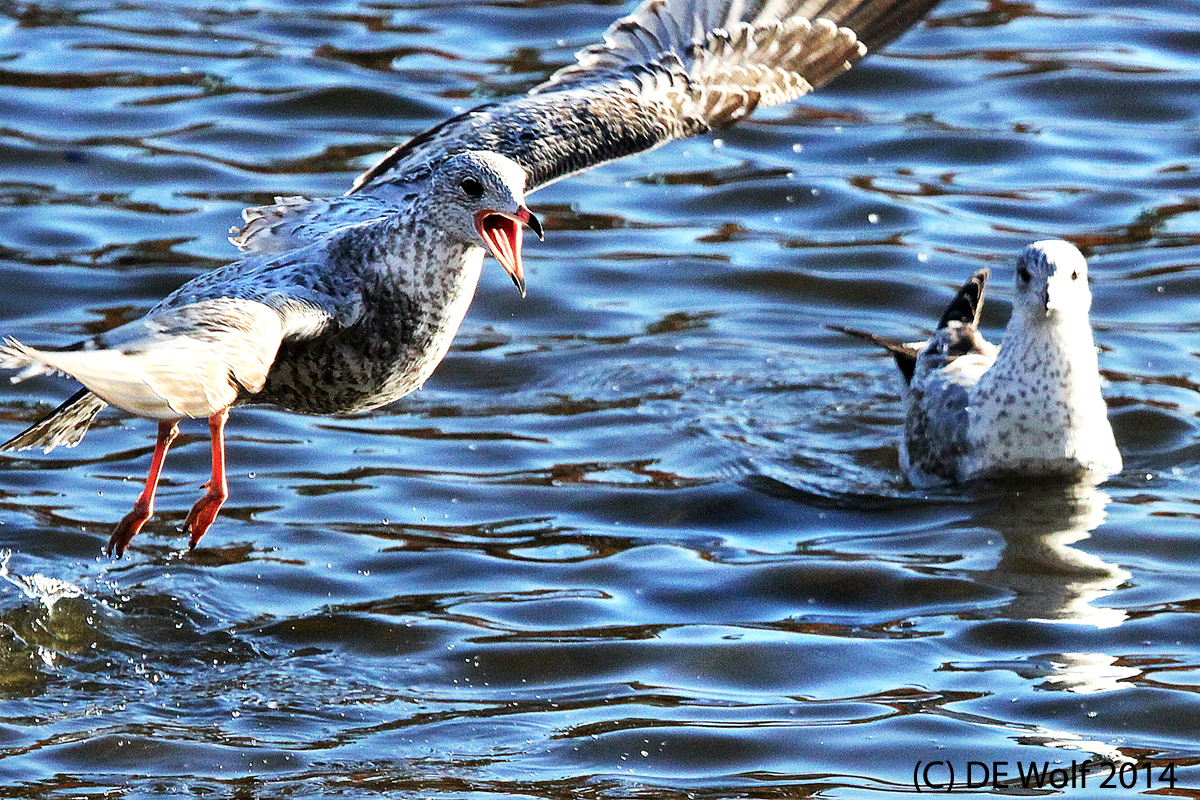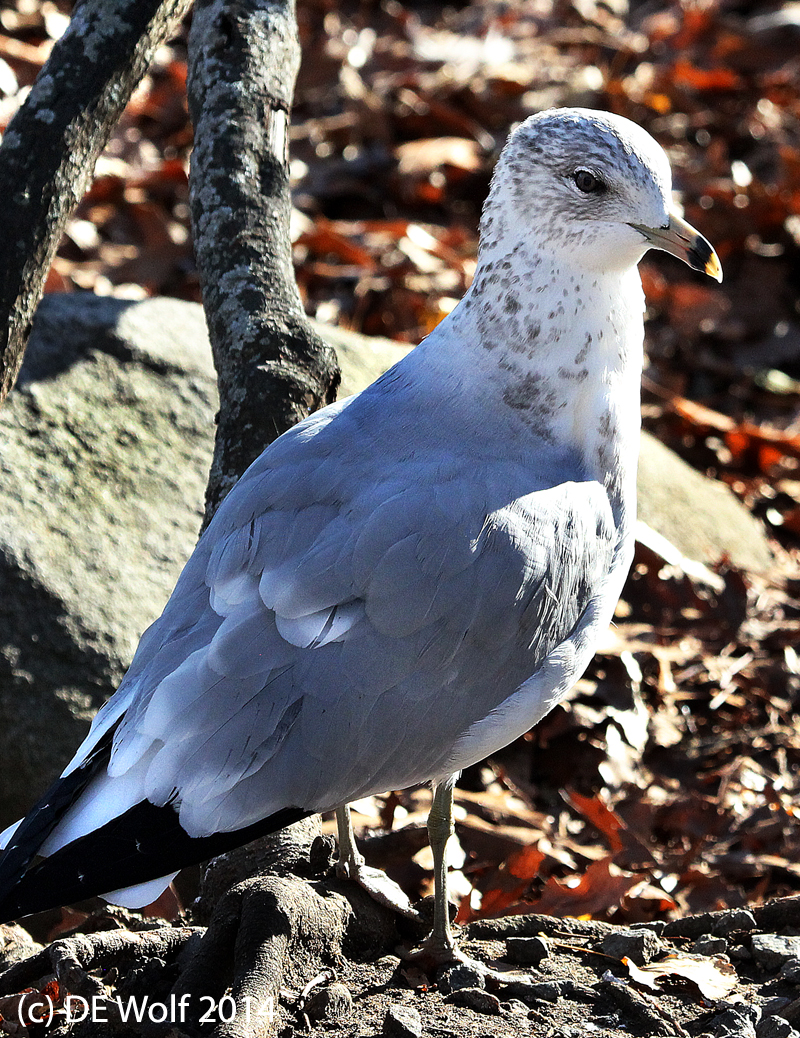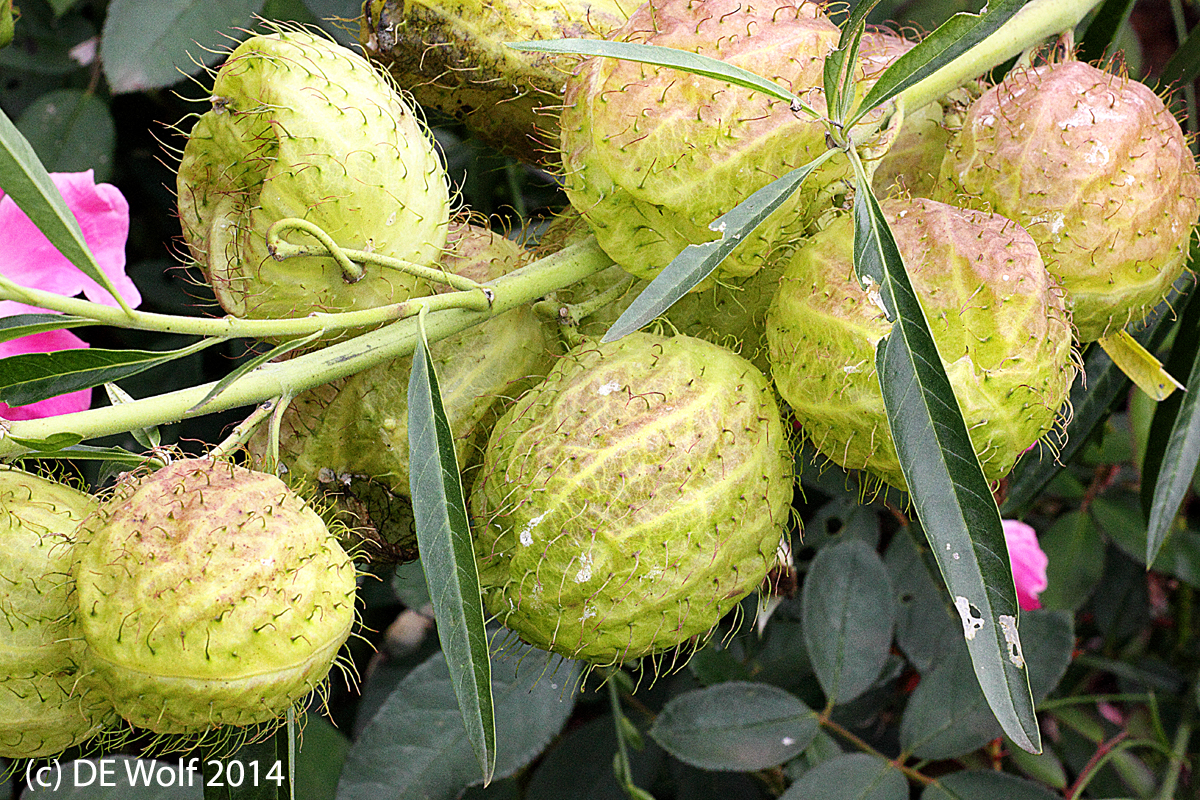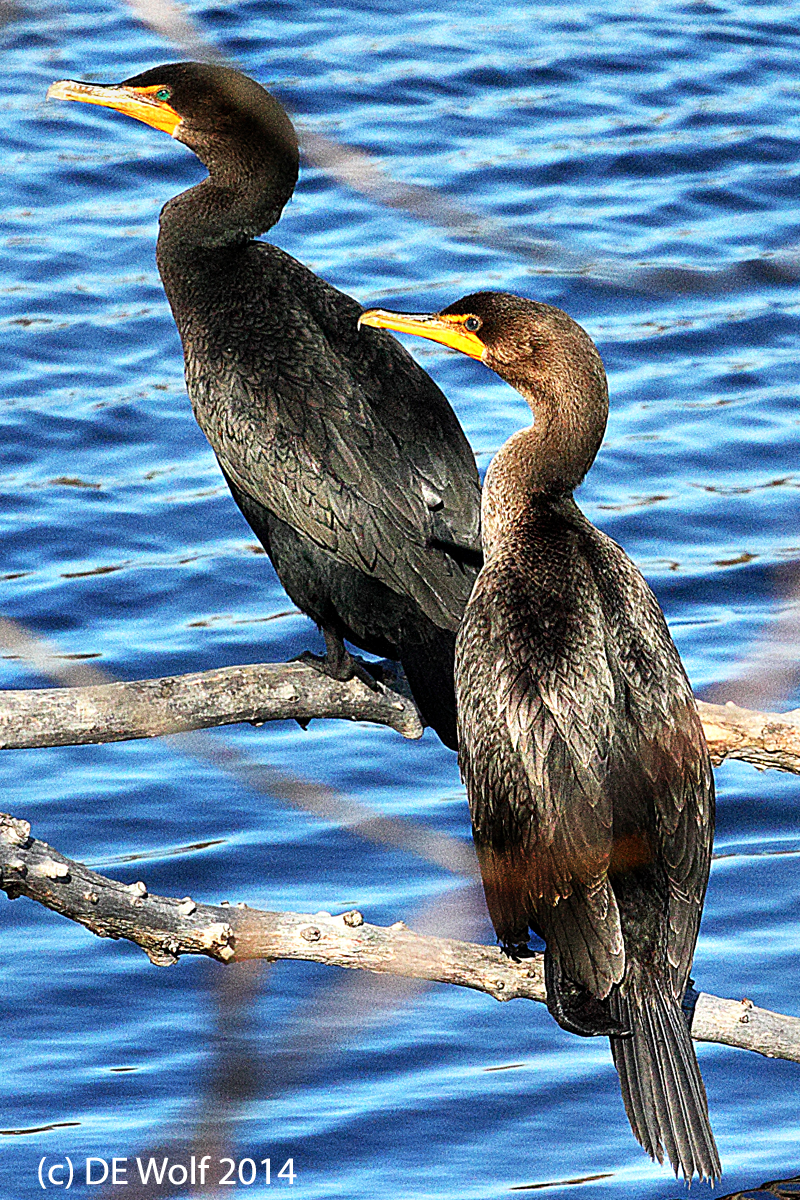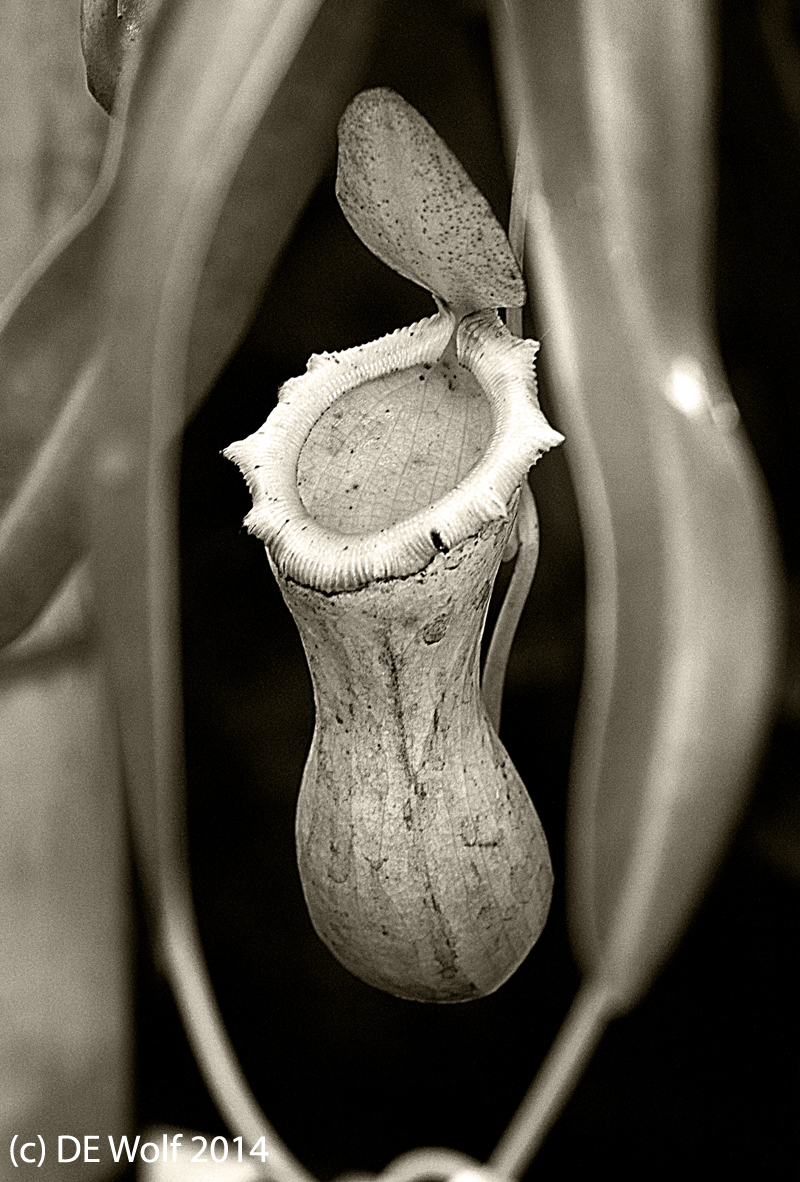I was literally stunned this week by images of ceramic artist Paul Cummins’ installation at the Tower of London to mark the centenary of the start of World War I. As many as four million people are expected to visit the site.
Poppies are the universal symbol of the World War I dead. There are 888,246 poppies filling the moat. Each one represents a British or colonial soldier who died in the war. Blood made of poppies seems to pour from the Tower in a sobering display*.
Another thought provoking image is that of Albert Willis (left), Paul Cunilffe (center), and Joe Robinson (right).+ They represent three generations of British military servicemen. You would have hoped that the senseless carnage of World War I (16 million dead and 20 million wounded was behind us). But perhaps the most haunting legacy of World War I is that it was only the beginning of modern warfare, and that the terrible story continues to this day.
What comes relentlessly to my mind are the words of A.E. Housman written on the Jubilee of Queen Victoria in his poem 1887:
“‘God save the Queen’ we living sing,
From height to height ’tis heard;
And with the rest your voices ring,
Lads of the Fifty-third.
Oh, God will save her, fear you not;
Be you the men you’ve been,
Get you the sons your fathers got,
And God will save the Queen.”
The ultimate statement that Cummins’ masterpiece may make is that the dead scream out to us in anonymity; but we are too involved in our own conflicts to truly listen. Only the names of the nameless have changed.
*Nick Harvey for Rex Features
+Chris Jackson for Getty Images


